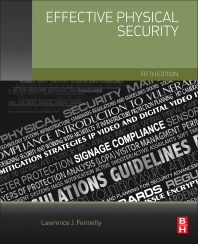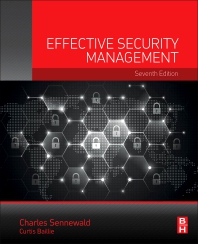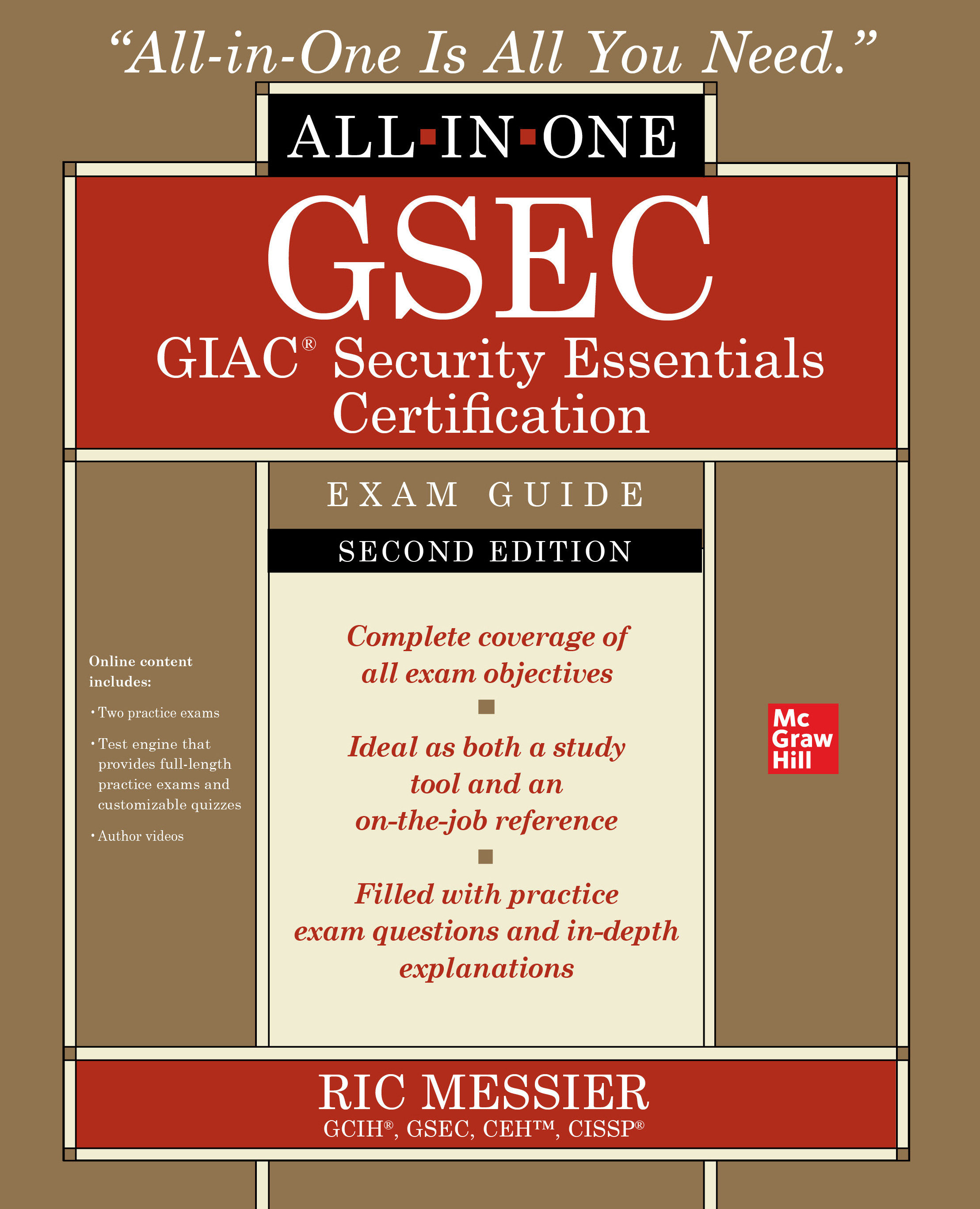The Elements of Valuation
Not every dollar of revenue has an assignable market value as a buyer assesses a security or fire alarm company. Learn what counts in a company valuation, in this first of a six-part article series.

While all revenue sources help drive EBITDA (earnings before interest, taxes, depreciation and amortization) and the related operating margins of the segments of the business, not every dollar of revenue has an assignable market value as a buyer assesses a company in the security and fire alarm industry. A well-run, responsive service department is a critical component to maintaining a low attrition level of a customer base, but the time-and-material (T&M) revenue that is derived from those efforts may not even result in positive margins. The T&M revenue doesn’t drive value in an entity valuation.
On the other hand, contracted recurring service revenue does drive consideration, especially if it represents revenue for maintenance, fire test and inspections and other periodic service functions.
Installation revenue and the associated margins realized from installing new customer RMR is considered a “one-time revenue” and reflects the investment decision that each company makes within their established capital parameters of growing (or replacing) the customer base. This revenue source does not drive value either, but it is important to maintain the engine.
While the larger transactions in both industries are valued based more on multiples of EBITDA or historical free cash flow, the majority of transactions in the security and fire industries still are evaluated on the level of predictable margins that are generated by the RMR of the customer base. Traditionally, RMR (net of pass through and service fees) that is contracted for some period of time with a paying customer is defined as a performing customer. The quantity, quality, geographic density, pricing, demographic, related service quotient, attrition history, original customer investment level, credit score (residential), contract renewal dynamics, signal activity and transaction type (asset versus stock deal) all influence the ultimate valuation of a customer base of RMR.
With the rapid evolution of equipment technologies and signal-carrying platforms that can increasingly influence the life span of a customer, RMR valuations are beginning to be adjusted for the economic efforts that a buyer will have to expend to maintain the related RMR of a customer base into the next generation of those technologies. As an example, if the buyer cannot transition out of an existing central station by remotely programming a customer’s panel, then that has historically resulted in a diminishment of the RMR multiple offered for that RMR stream — as the buyer is going to need to conduct a service visit to those customers to integrate each one into the new platform. This can result in as much as a three-multiple deduct within a valuation.
Companies sometimes say they have contracts for each customer, but when you look under the hood to review the customer base the contract has a “right of first refusal from a contract monitoring company; multiple cross-outs of the varied important sections of the contract (for example, limit of liability, assignability, no price increase); and other imperfections that limit valuation for multiple reasons. Reviewing a form of contract that the seller represents the majority of the customer base has executed as you consider your offer (and develop your letter of intent) can save you a lot of effort and expense upfront. As additional states enact new consumer protection laws that speak to the evergreen clauses of our traditional residential contract forms and impose renewal notification requirements in that area, terms and renewal efforts have become valuation considerations for many buyers. Don’t hesitate to seek the input of your industry-experienced attorney during this early contract review process also, as it may well save you money in the long run.
Some examples of the RMR pass throughs that diminish the value of RMR are:
- Inclusion of sales tax liabilities within the contracted RMR;
- Inclusion of required governmental fees within the RMR (for example, county fire department connection fees)
- Inclusion of third-party signal fees (in the past the Alarm Net fees and more recently the Alarm.com, cellular and related fees paid). This area is still evolving as to the level of valuation deduct and is beginning to be differentiated between the service base charge and the enhanced app charges that are upsold within the higher level of RMR for that customer;
- Recurring system registration fees to municipalities that the seller has included in the RMR; and
- UL fees included within the customer’s RMR that are not segregated and paid for by the customer.
RMR valuation levels are driven by the factors outlined above, but the competitive marketplace also can have an enormous impact on buyers’ valuations. Someone buying into the industry often will pay more to enter the market, while the same RMR will be valued differently by a buyer who is going to roll the customer base into their existing company. Each buyer will realize different incremental margins from the acquired entity; thus, the different prices paid as a multiple of RMR but the letter of intent and resulting negotiations will revolve around the nature of the RMR — what is in and what is out.
The art of the deal will focus on all the moving pieces of the RMR engine outlined here, and a buyer’s due diligence effort should be certain to “check the engine” for all of the issues and parts discussed. Remember that sometimes the best deal you don’t do may be the one you wisely walked away from in the midst of a highly competitive bidding process. n
Editor’s Note: Part 2 in “The Art of the Deal” series will focus on attrition and the impact that customer base metric can have on RMR valuations and the design of a deal. Look for it in the February 2014 issue.
About the Author:
John Brady is principal of TRG Associates Inc., Old Saybrook, Conn. (www.trgassociates.com). Since its inception in 1991, TRG has been successfully assisting a wide range of security and fire alarm companies, entrepreneurs, lenders and investors in due diligence and acquisition planning.
The Art of The Deal
With the security and fire industries still very fragmented and continuing to grow, the acquisition opportunities within the United States and Canadian markets continue to be very active. As importantly, the capital markets continue to be very supportive of both industries when they identify capable management teams to back.
The predictable cash flows associated with the recurring monthly revenue (RMR) in these industries are the “crown jewel” that drives impressive operating margins. Author John Brady, principal of TRG Associates Inc., Old Saybrook, Conn., has been privileged to perform a vast number of valuations and due diligence efforts on behalf of buyers and sellers over the past 20 years and identifies what he has found to be the important aspects in the “art of the deal” in this six-part article series.
While maintaining a disciplined approach to evaluating a seller’s business is critical, there is an art to buying a selected group of RMR customers. This article series explores the important aspects of that art:
- What should go into any acquisition valuation of RMR and the company as a whole? What revenue has value?
- How does the attrition history of the seller impact the level of due diligence and ultimate valuation?
- In performing due diligence, cash is your key indicator as to the health of the target company and the associated RMR. How do you analyze that important asset?
- How does the buyer assess the installed technologies and signal platforms of the seller’s customers and what effect do those have on valuation?
- How does the buyer assess the service expectations (obligations) and economics of a customer base? You won’t change those expectations overnight so assess carefully.
- The letter of intent: how to fashion the art of the deal in a “hot market” versus practicing prudent investment principals.
Looking for a reprint of this article?
From high-res PDFs to custom plaques, order your copy today!









